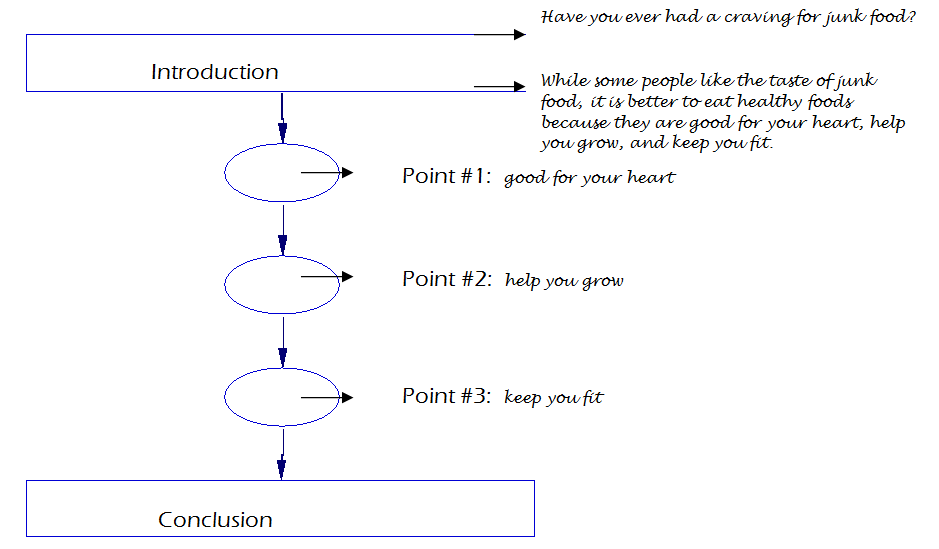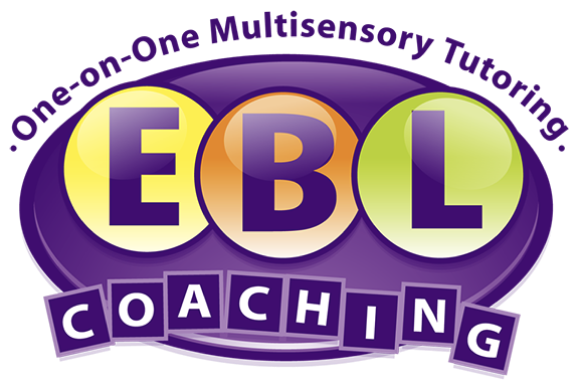How to Take Essay Tests
By: Dr. Emily Levy
As students progress through school, they are expected to take countless in-class and standardized tests that include essays. Students are often baffled by this type of exam. How do I begin? How do I write an effective thesis statement? How do I organize my ideas? These are just some of the questions that run through the minds of students who are facing these essay exams. Learning strategies for how to write effective essays for timed tests can help students build confidence, ease anxiety, and ace these exams.
Here is a step-by-step process for how to write a perfect timed essay:
Brainstorm
Even if time is limited, it is always important for students to brainstorm before they begin writing. To do so, students can draw a vertical web diagram with a box on top for the opening and thesis statement, three bubbles underneath it, and a box at the bottom for the conclusion paragraph. They can write their opening sentence inside the upper part of the box and their thesis statement inside the bottom part. Next, they can create branches stemming out of each bubble with ideas for their body paragraphs. Look at the following model as an example for an essay on a prompt that reads: Eating Healthy Food verses Eating Junk Food:

Write the essay
For the introduction paragraph, begin with an interesting, unique remark or story. The paragraph should end with a well-constructed thesis statement to set the organization and tone of the essay. Students can start with a question, general statement, quotation, opposite statement, or story. The thesis statement should always come at the end of the introduction paragraph, and should contain the student’s opinion on the topic and his or her plan for the essay. For example, a well-constructed thesis statement might be as follows: Red House Grill is the best restaurant in town because of its food, atmosphere, and friendly staff. Note that for this thesis statement, the opinion is Red House Grill is the best restaurant in town and the plan is because of its food, atmosphere, and friendly staff. Thus, the first body paragraph of this essay would be about Red House Grill’s food, the second body paragraph would be about its atmosphere, and the third would be about its friendly staff.
The body paragraphs should include details, examples, statistics, quotations, and any other specific information. It is important that the student describes information in detail, with concrete backup from credible sources, rather than just “telling” about it. Remember that if any information is taken from other sources, it must be credited as an outside source.
The Conclusion Should Do the Following:
(1) Restate the Thesis Statement
This is where the student should remind the reader of his or her opinion on the topic and restate the three supporting points. For example, for our Rocking Horse Grill essay, we might start our conclusion paragraph with the following: “Because of its delicious Mexican cuisine, convivial ambiance, and energetic staff, Rocking Horse Grill is one of the best restaurants inChicago.”
(2) Lead-out
he next 2-4 sentences should lead the reader to the author’s final, conclusive remark. The student can reiterate some points about each of the body paragraphs. These sentences should, of course, contain words that are different from those used in the actual body paragraphs.
(3) Concluding Remark
This remark should be conclusive, strong, and perhaps profound. It should leave the reader thinking. For example, a concluding remark for our Rocking Horse Grill essay might be: “The next time you are in town, do not bother with any other restaurants since Rocking Horse Grill has it all.”
Self-check
It is very important that students always self-check their essays when they are done writing. They can do so by using the following acronym:
- Capitalization
- Tense
- Organization
- Punctuation
- Spelling
Students should check for each of these elements, one at a time. By practicing this technique of brainstorming, writing, and self-checking, students can learn to master writing timed essays.
Dr. Emily Levy is the author of Strategies for Study Success, a 13-part student workbook series that teaches students research-based strategies for test taking, note taking, organization, reading comprehension, and writing. She is also the founder and director of EBL Coaching, a tutoring organization based in Manhattan and New Jersey. Learn more at www.eblcoaching.com or call 212-249-0147.
